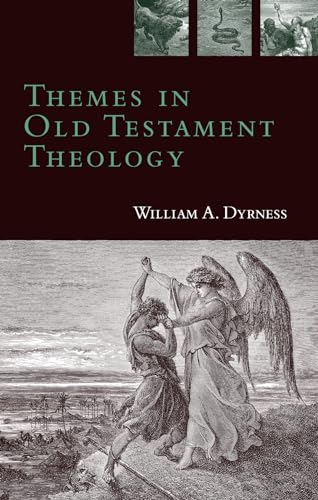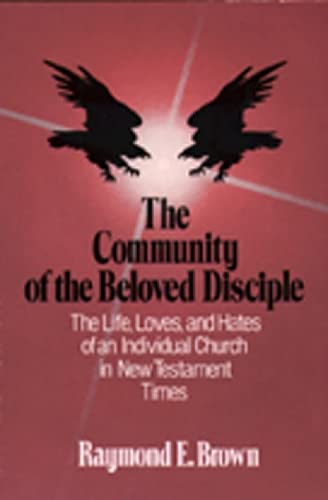The Text of the Old Testament, An Introduction to the Biblia Hebraica
Written by Ernst Würthwein Reviewed By Robert L. AldenRemember the first time you looked at Kittel’s Biblia Herbraica? The footnotes appeared to be a language stranger than Hebrew itself. And the sigla et compendia in the Prolegomena hardly helped sort out the confusion. Well, this volume is just the map you need to find your way through that wilderness of manuscripts.
Ernst Würthwein, Professor of Old Testament at Philipps-Universität, Marburg, West Germany, wrote his first edition of Der Text des Alten Testaments in 1952. In 1955 Peter Ackroyd translated it into English with certain updates. The book’s fourth German edition appeared in 1973, and this translation by Erroll F. Rhodes, senior researcher for the American Bible Society, also incorporates references to literature published after 1973.
The book is divided into five larger sections. The first deals with the transmission of the Old Testament in Hebrew and is subdivided into chapters on script and writing materials, on the Masoretic text, and on the Samaritan Pentateuch. The second chapter is the longest and most detailed in the book with the considerable attention it rightly gives to the contribution of the Masoretes and a solid effort at listing, describing, and evaluating all the major and many of the minor Hebrew manuscripts and printed editions.
The second large section covers the primary versions with chapters on the Septuagint, the Aramaic Targums, and the Syriac. Naturally the first of these is the most comprehensive because of the amount and complexity of the materials available. Throughout this and the other chapters Würthwein regularly cautions the would-be textual critic against the temptation merely to count manuscripts or credit them because of their early date rather than weigh them. In fact the greatest strength of this book is in the evaluation it gives to those materials which made up the stuff of lower criticism.
The third section deals with secondary versions with progressively fewer pages given to the Old Latin, the Vulgate, the Coptic, the Ethiopic, the Armeniam, and the Arabic.
The fourth section is an introduction to textual criticism. The treatment of each sub-subject is brief (the whole section covers only pp. 103–119) but long enough to sketch out the main lines of the science. Just a few examples are given. Naturally there is praise for the Biblia Hebraica Stuttgartensia and the restraint it exercises in suggesting emendations and for the way it better handles the various manuscripts themselves. The main part of the book ends on a note almost devotional in which the author reminds us to keep the necessary balance between Spirit and Word.
On the next 100 pages are 49 plates with brief comments on the facing pages. Most of the illustrations are of manuscripts e.g. the Dead Sea Scrolls (six plates), but they also include such other classics as the Mesha Stone, the Siloam Inscription, and a couple of Lachish Letters, none of which are Scripture but illustrate archaic Hebrew writing. The last plate is of the Izbet ṣarṭah Abecedary which, since its discovery in 1974, has replaced the Gezer Calendar as the oldest example of Hebrew writing. It dates from about the 12th century BC.
The book concludes with a selected bibliography for each chapter, a list of abbreviations, a list of sigla from BH, and indices of subjects, authors, and biblical citations.
Very few errors mar the publication, which, when considering the nature of the material, is remarkable.
Würthwein’s book could well serve as a textbook for a course in Old Testament Introduction, i.e. textual criticism. I recommend it for its conciseness, its balance, its cautions, and its thoroughness.
Robert L. Alden
Denver






